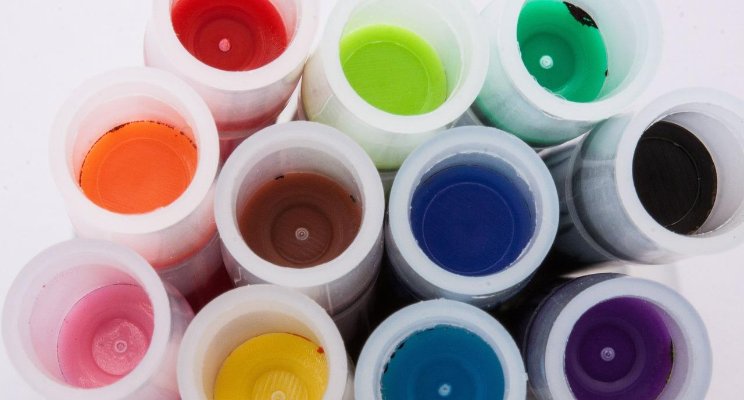Ever wonder what’s the best thing your kid could be doing at school to help you save some coins?
Recycling.
Not just any recycling. All recycling. Papers and paperboard scraps discarded from class projects. The leaves collected from caring for a school garden. And the ink cartridges used while printing Arial font newsletters on how to keep the PTA alive.
Recycling is everywhere. And because of this, our children are learning some handy lessons day to day.
Schools are powerful conveyors of social norms. What they’re exposed to for more than six hours a day can be a heavy influence on future behavior.
That’s why teaching children the importance of recycling everything – even with those small ink cartridges inside of the class printer – is a huge contributor to molding good personal character.
Nobody wants a mean kid.
Read on to find out how encouraging school recycling habits can foster good character traits in students at school and at home.
Recycling Shows Compassion
We all want to raise our kids to be compassionate beings with hearts of gold. The biggest way to teach such lesson is by our own actions.
When schools take the initiative to introduce recycling to students, there is an enlightenment happening.
Kids are understanding the world around them and how organisms work together to create a coexisting society.
Where should it start?
The classroom is a great opportunity. Encouraging students to compost food scraps, recycle plastic utensils and be mindful of waste is an effective character fet building tool.
They learn what caring for something bigger than themselves really stands for. It becomes more about helping the environment and the organisms than helping themselves.
Schools should take the opportunity to encourage walks with their students through the classrooms and school offices while pointing out recyclables.
There should be some exposure to recycling in other parts of the school like the offices and the cafeteria so that students may appreciate the effort school administrators are putting to make their environment cleaner.
School children are heavy receptors of information and providing useful tips in a natural setting is a big help to showing them how to develop and keep healthy habits.
Landfills are destroying our environment. Our children should know about it.
Recycling Shows Responsibility
A huge benefit of teaching kids the importance of recycling is the big responsibility lesson.
Children like to feel as a part of the bigger picture. Allowing them to help with the recycling while encouraging them to care for their surroundings is key to providing them with a voice to do so.
Let them take control of the recycling around the classroom and school. They can create signs for the garbage cans, make lists of what people should look out for to recycle and encourage their own families to try saving their planet. It’s fun, boosts creativity and imagination but more importantly, it saves the planet.
Recycling is Saving Money
Saving money is a huge asset to schools. Explaining the process of saving money to the kids will help give them insight on the importance of smart spending.
And smart spending is still a valuable asset to have as an adult. Imagine the healthy choices and practices a child with recycling habits from young will express when older.
Imagine if you knew more about recycling before the threat of global warming. Would it have made a difference?
Probably not. But your conscience would have been clear and your pockets a little heavier.
It’s a lesson in money management when your kid pays attention to recycling. They become more aware of the types of products they should be using and more concerned with the way they’re disposed.
Ultimately saving you and the environment some distress.
Landfills are destroying our environment. Our children should know about it. In between the tough algebra lessons, schools should take some time to practice recycling.
More and more offices and tech workplaces are utilizing the useful money saving practice that is recycling ink cartridges. So it makes sense to extend this to our kids who are, in the end, following our steps to saving the planet.
If not the little ones…then who?
If you have unused toner, please consider visiting us at tonerconnect.net. For any used toner, please reach out to your local community about recycling.




